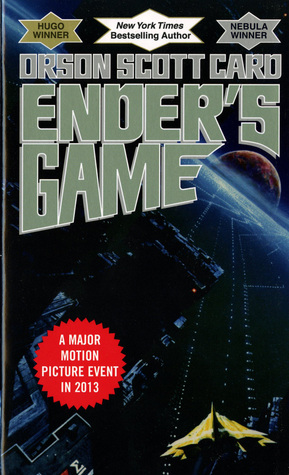★★★★

I received an advance copy of this book for review.
Upon receipt of the book, I was immediately struck by the cover design. One of the "two sons of China" is Caucasian! He is an American soldier who had been born and raised in China, the son of missionaries. He seeks action in China during World War II, partly as a distraction from his own personal demons. The other "son" referred to in the title is a native Chinese man, a member of the Communist party for whom the fight to save his homeland from Japanese invaders is personal. The two soldiers, each holding his own beliefs, fight alongside each other and forge a friendship.
This book is well-written and descriptive. As might be expected in a story that takes place during a war, some passages are violent and graphic, though they are generally kept brief and matter-of-fact. The dialogue sounds natural, and the story is well-paced. Many times, it was easy to envision the scenes playing out on a big screen. There are exciting and suspenseful action sequences as well as some tender moments of romance. Events unfold naturally, though a couple unexpected twists popped up, too.
Being Chinese myself, I appreciated that every now and then, a character's words or actions gave insight into Chinese philosophies. These details illustrating the Chinese psyche gave the book as a whole a certain level of credibility.
In the interest of full disclosure, I will mention that my grandfather was a general in the Nationalist army during World War II. I think having a basic understanding of Chinese history would be helpful when reading this book, as knowing that the Communists and the Nationalists were at odds with each other, even as they both fought to dispel the Japanese, helps to put events in context more easily. Still, background knowledge is not necessary because the author sets up the time period in a very accessible way, and in fact, this book may even be a suitable introduction to modern Chinese history.
Early on, I briefly wondered if the book sought to sympathize with the Communists, but as the story unfolded, the narrative seemed to provide for a balanced perspective of both sides. I was especially impressed with how well the story depicted the shortcomings of both political parties.
As the two main characters get to know each other, it's no surprise that religion and politics are discussed. I liked that there was no heavy-handed proselytizing in this book, and it's not pedantic, either. Instead, there is just enough religion and politics to help develop the characters and put conversations and events into perspective.
While I enjoyed the writing as whole, there were a few isolated incidences of what I thought may have been questionable word choice... In the very beginning (on page 7 of my edition), a Chinese character speaks English, and his accent was specifically highlighted when the author used "Stih-weh" for "Stilwell" in the dialogue. Since all Chinese characters in the book presumably spoke English with a Chinese accent, was it necessary to emphasize the accent? It came across a bit like the way people might poke fun at English language learners. Also, in a chapter entirely focused on native Chinese people (on page 33), one man is referred to as a "Chinaman", which struck me as odd in that context, as if the third-person omniscient narrator had a Western bias. The word "Chinaman" is generally considered to be an American English construct with derogatory connotations, and its use a little later (on page 42) among American military officers was more fitting. Finally, I was put off by a few character descriptions that seemed to reinforce the negative stereotype of Asian men being short, slight, and weak. On page 63, a man is said to be "exceptionally tall and heavyset
for a Chinese man," and on page 230, a man is described as being "unusually large and muscular
for a Japanese" (emphasis mine). (Think: "She's smart for a girl.") Couldn't the descriptions have worked just as well without the ethnic qualifiers?
The book's poignant ending left me satisfied (and even a bit tearful), but I still wished a couple loose ends had been tied up a little more nicely. Without giving anything away that would require a spoiler warning, I will say that I was disappointed that one character never faced justice for a significant act of betrayal. Also, earlier in the book, it seemed as if two supporting characters were being positioned for an important role later on... but they weren't, and I wondered what happened to them.
Any time I read historical fiction - or see a movie "based on a true story" - I am always curious to know which parts of the story were based on fact, and which parts were fiction. I really appreciated the informative historical notes at the end of this book that told a bit about the actual Dixie Mission and some of the real-life players.
Overall, a complex backdrop for a gripping tale that held my interest throughout. A really good read.











